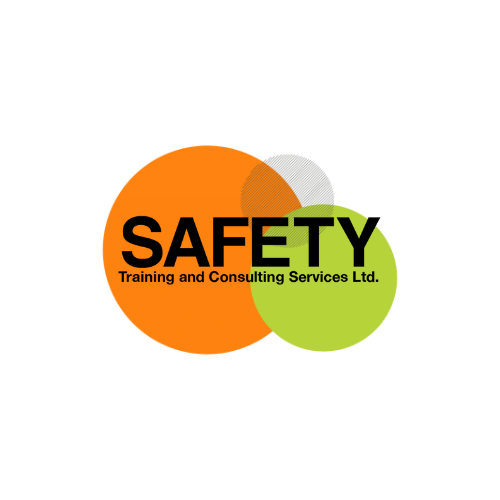Fit Testing
In Person

Overview
In Ontario, workplaces that use harsh chemicals may be required to ensure their workers are using respiratory protection systems. Where respiratory protection is required to be used, Ontario Regulation 833 for Control of Exposure dictates that workers must be trained if the proper selection, care and use, as is also reference in CSA Z94.4-18 for the Selection, Care and Use of Respirators.
This program is designed to teach workers how to properly inspect, use and store respiratory protection equipment, as well as to fit the mask to the workers face qualitatively.
Qualitative fit testing involves performing a series of taste-tests to determine whether a worker can taste the solution or not. While wearing the mask and a hood, the participant will go through a series of movements designed to make the mask move, which is done while a concentration of the taste fluid is concentrated within the hood. If the participants do not taste the solution throughout the duration of the test, then they have successfully passed.
Where a worker may be exposed to more than 10 times the permissible exposure limit, qualitative fit testing cannot be used and instead the worker must undergo quantitative fit testing. Safety Training and Consulting Services Ltd. does not offer this training at this time.
What You’ll Learn
Note that there is no theory element to this program as it only encompasses a review of the selection, care and use of a respirator and the fit test itself.
Did you know: When respirators are used in the workplace to prevent exposure to hazardous biological, chemical or physical agents, section 9 of Regulation 833 also requires employers to have a respiratory protection program in place?
A respiratory protection program provides information surrounding the selection, care and use of respirators. Although it is not law, CSA Z94.4-18 provides guidance on developing a proper respiratory protection program. If you would like to learn more, please contact us.
FAQ
How is this program taught?
This program is taught using an interactive discussion method. This means that all participants will be involved in discussing the content throughout the duration of the program. This method ensures that all participants receive and understand the information.
Are there accommodations for learning disabilities?
Participants that may have a learning disability or other impairment, such as language, literacy hearing, or vision, will be accommodated. This may involve having the questions read to the participant(s) by the instructor, the assistance of an interpreter supplied by the employer, or other means. Where disabilities or impairments are identified, please advise your contact when scheduling the course so all efforts to accommodate can be made.
When should I do a qualitative fit test?
A qualitative fit test can be performed when the required Assigned Protection Factor (APF) does not exceed 10. This means that qualitative fit testing can be used where workers may be exposed up to 10 times the permissible occupational exposure limits as per the American Conference of Governmental Industrial Hygienists (ACGIH) table found in Regulation 833. Many styles of respirators are also limited to an APF of 10, such as N95 respirators and half-masks.

Details
Course Length
approximately 15 minutes per participant
Breaks
none
Location
Private onsite or in public setting at STC facilities or partners
Prerequisites
- Clean shaven within 24 hours
- Applicable PPE for the environment such as steel-toed shoes/boots, safety glasses, etc.
Free Download
Acceptable facial hair
User screening form
